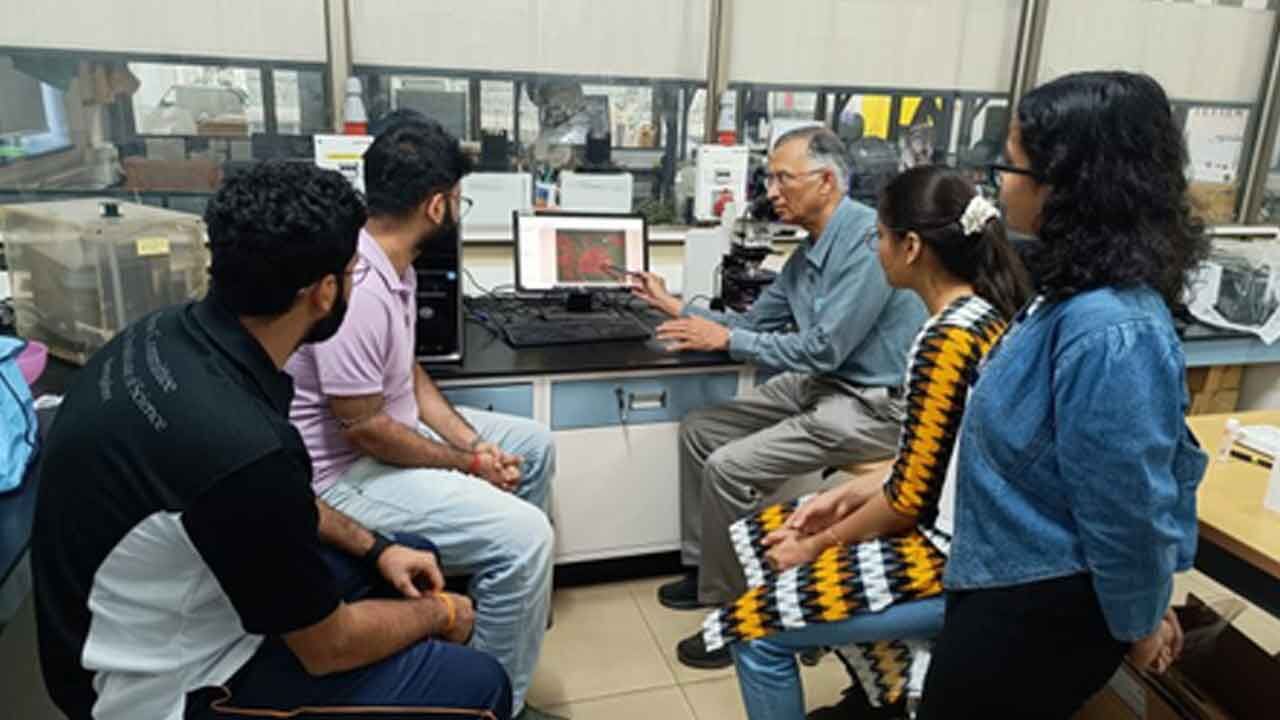



IISc scientists created a glowing paper sensor using terbium for early liver cancer detection. This low-cost device, readable with a UV lamp and free software, offers high sensitivity. Though further trials are needed, it holds promise for detecting liver cancer and other enzyme-linked conditions like jaundice and drug toxicity, especially in resource-limited settings.

Copyright infringement not intended
Picture Courtesy: TIMES OF INDIA
Scientists at the Indian Institute of Science (IISc) in Bengaluru have created a glowing paper sensor to detect liver cancer.
The sensor works by using a rare earth metal called terbium, which naturally glows green under ultraviolet (UV) light when embedded in a special gel. To create the sensor, the team puts this glowing gel onto small paper discs.
|
Common uses for Terbium Terbium's unique properties, especially its glowing ability and magnetic characteristics, make it useful in several other areas:
|
The sensor detects an enzyme called "β-glucuronidase." This enzyme is found naturally in living organisms and plays normal biological roles. However, high levels of β-glucuronidase are strongly linked to several types of cancer, including liver cancer, as well as colon, breast, and kidney cancers. High levels also relate to infections and conditions like jaundice or drug toxicity. So, detecting this enzyme helps identify these health issues.
Reduced Noise => Traditional detection methods struggle with "background noise," making it hard to get a clear signal. Terbium is unique because it glows for a longer time, which helps the sensor filter out this noise and give a much clearer, stronger signal.
High Sensitivity => The sensor can detect very low levels of the enzyme, down to 185 nanograms per milliliter. This level is well below what is seen in serious liver diseases, meaning it can potentially detect problems very early.
Source:
|
PRACTICE QUESTION Q. Define 'lifestyle diseases' and discuss their growing prevalence in India. What are the major socio-economic factors contributing to this alarming trend? 150 words |









© 2026 iasgyan. All right reserved